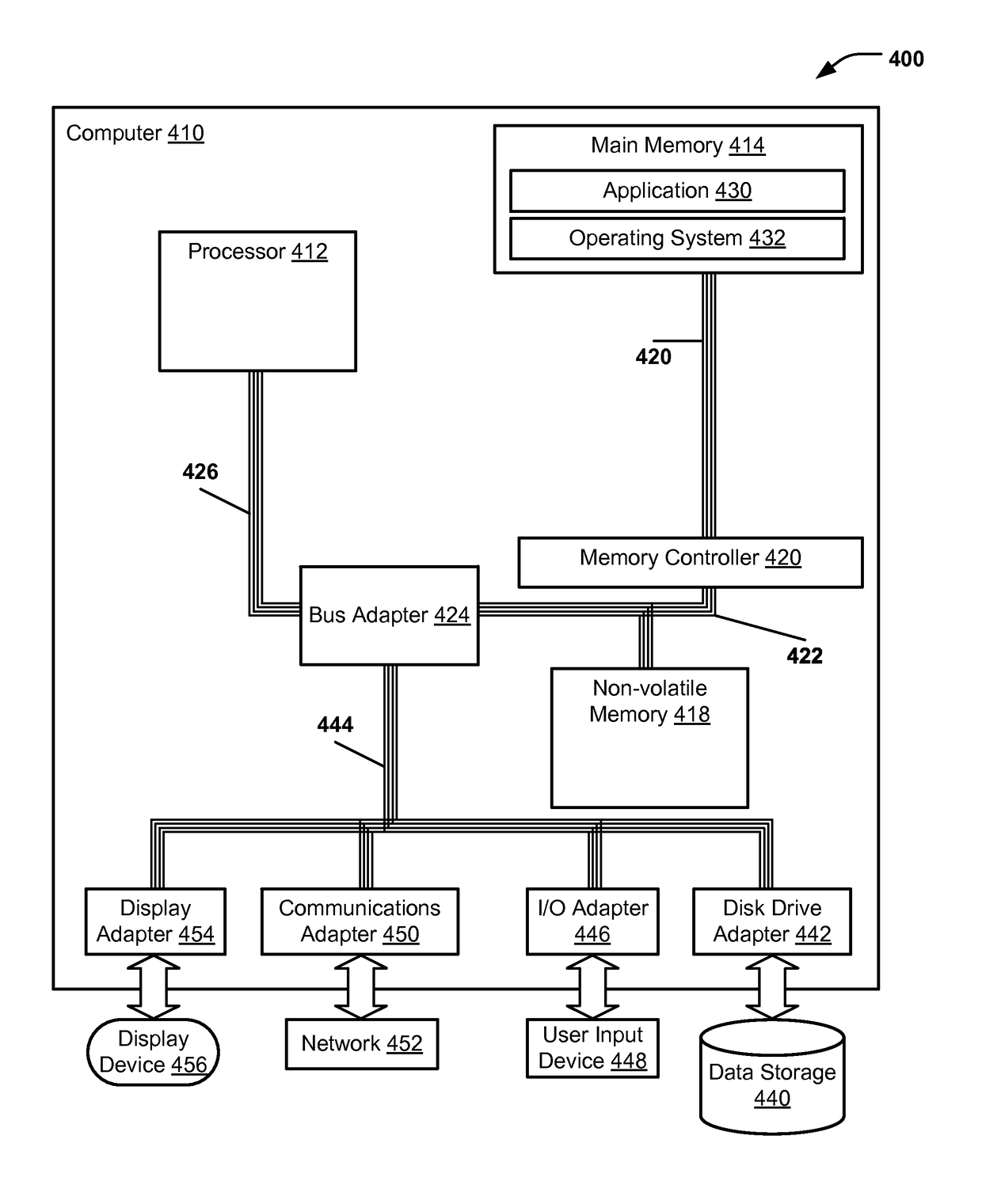Heat source integration for electromigration analysis
- Summary
- Abstract
- Description
- Claims
- Application Information
AI Technical Summary
Benefits of technology
Problems solved by technology
Method used
Image
Examples
Embodiment Construction
[0013]Electromigration is a well understood phenomenon in back-end-of-line (BEOL) wires (e.g., copper wires). To account for this, foundries release rules for direct current (DC), root mean square (RMS), and peak allowed currents as well as rules for self-heating of BEOL wires. To check for violation of these rules, simulators may be used to calculate functional currents, and the functional currents may be compared to the allowed currents for potential violations. Typically, only self-heating from BEOL wires is determined, with self-heating from front-end-of-line (FEOL) devices ignored. However, as technologies scale to 22 nanometers (nm) and below, self-heating from FEOL devices may become significant. As such, ignoring self-heating from FEOL devices may no longer be acceptable when evaluating potential electromigration in BEOL wires.
[0014]The present disclosure describes systems and methods of integrating FEOL and BEOL heat sources into EM / IR analysis. The present disclosure descr...
PUM
 Login to View More
Login to View More Abstract
Description
Claims
Application Information
 Login to View More
Login to View More - R&D
- Intellectual Property
- Life Sciences
- Materials
- Tech Scout
- Unparalleled Data Quality
- Higher Quality Content
- 60% Fewer Hallucinations
Browse by: Latest US Patents, China's latest patents, Technical Efficacy Thesaurus, Application Domain, Technology Topic, Popular Technical Reports.
© 2025 PatSnap. All rights reserved.Legal|Privacy policy|Modern Slavery Act Transparency Statement|Sitemap|About US| Contact US: help@patsnap.com



